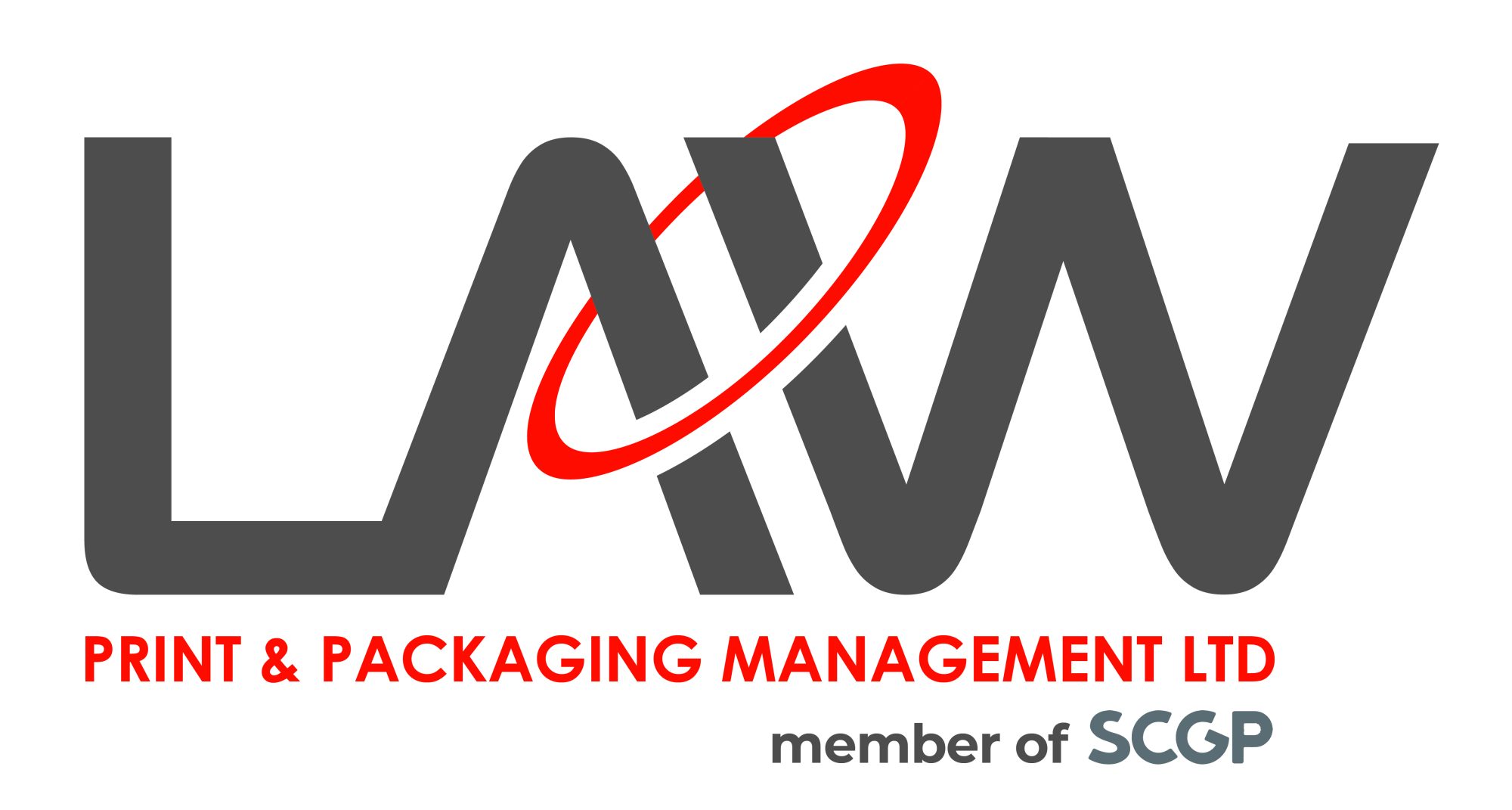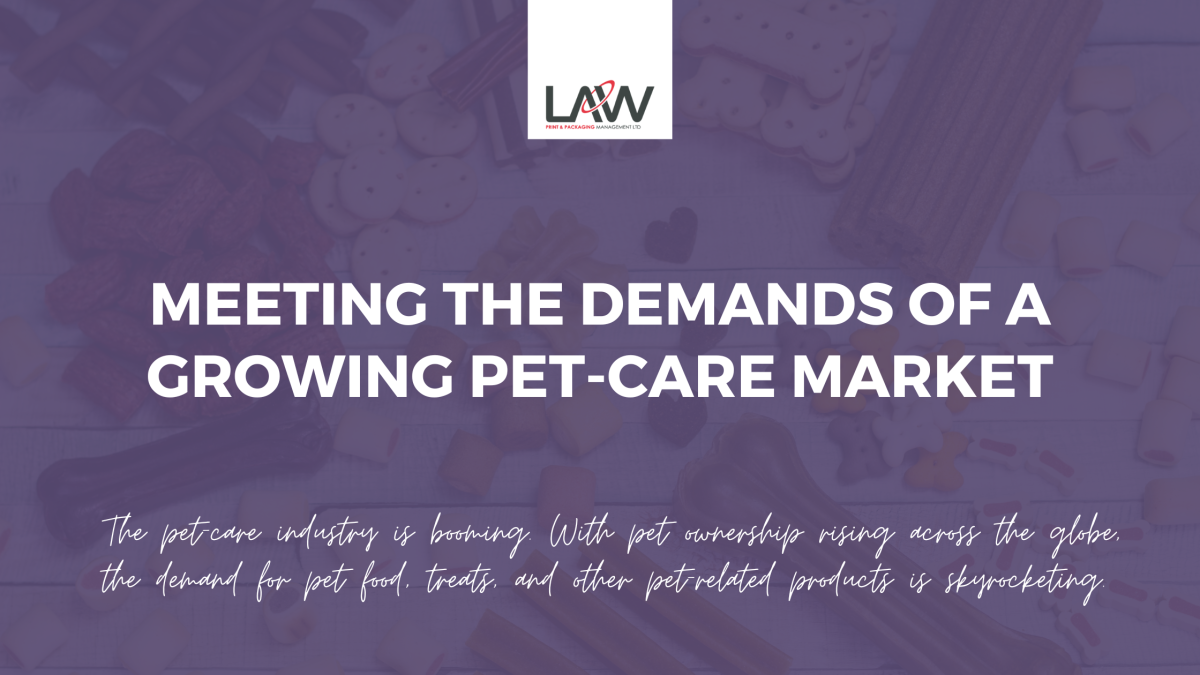The pet-care industry is booming. With pet ownership rising across the globe, the demand for pet food, treats, and other pet-related products is skyrocketing. The global pet care market is projected to reach $241.1 billion by 2027, a trend fueled by more pet owners viewing their animals as family members.
As a result, the packaging industry, particularly in flexible packaging, plays an essential role in meeting these growing demands while maintaining a focus on sustainability.
The Importance of Packaging in the Pet-Care Industry
Pet food packaging is more than just a container. It’s responsible for preserving the freshness, flavour, and nutritional value of the product. Since pet owners want the best for their pets, they expect premium-quality food that is well protected from contamination and spoilage. Flexible packaging, with its ability to provide superior barrier properties, resealability, and lightweight convenience, has become a go-to solution for many brands.
The Rise of Flexible Packaging in Pet Care
Flexible packaging is gaining popularity in the pet-care sector for several reasons:
- Product Protection: The pet food market requires packaging that offers moisture and oxygen barriers to maintain freshness. Flexible pouches, for example, keep pet food fresh for longer periods and reduce the chances of spoilage.
- Convenience: With busy lifestyles, consumers are looking for packaging that’s easy to open, resealable, and lightweight. Flexible packaging fits the bill perfectly, making it a preferred choice for many pet owners.
- Design Flexibility: The diverse shapes and sizes of flexible packaging allow brands to stand out on store shelves. Whether it’s a small pouch for cat treats or a large, resealable bag of dog food, flexible packaging caters to various product needs.
However, with great packaging innovation comes an even greater responsibility: sustainability. Today’s consumers are not only concerned about what’s in the product but also how it impacts the planet.
Sustainability: A Key Driver in Pet-Care Packaging
The environmental impact of packaging waste has become a significant concern for consumers and businesses alike. This is especially true in the pet-care industry. Brands are expected to balance the demands for high-performance packaging with eco-friendly solutions.
- Recyclability and Reuse: One of the biggest challenges in flexible packaging has been recyclability, given that multi-layer films can be difficult to process through traditional recycling methods. However, the industry is making strides with mono material films. These are easier to recycle while still offering the same protective qualities as traditional packaging.
- Lightweight Materials: Flexible packaging is inherently more sustainable than rigid alternatives like cans and glass jars because it uses less material. This results in lower carbon emissions during transportation, as flexible packages take up less space and weigh less.
- Biodegradable Options: Some companies are exploring biodegradable or compostable materials that break down more easily in the environment, helping to reduce long-term waste. These options, while still evolving, represent a promising step forward in the effort to create more eco-friendly packaging.
Aligning Business with Consumer Expectations
Consumers are more informed and conscious than ever, with 74% of shoppers stating that sustainability is an important purchasing factor. In the pet-care industry, this sentiment is reflected in a growing demand for brands that prioritise eco-friendly practices. Companies that can marry flexible packaging’s benefits with sustainable solutions will have a competitive edge in the market.
Sustainable Practices to Implement in Pet-Care Packaging
- Eco-Friendly Materials: Shifting to recyclable, compostable, or biodegradable films is a strong step toward reducing environmental impact. This shift can reduce the amount of plastic waste that ends up in landfills.
- Reduced Material Usage: By designing thinner yet durable flexible packages, brands can minimise the amount of plastic used without compromising the product’s protection and quality.
- Post-Consumer Recycled Content: Incorporating post-consumer recycled (PCR) content into flexible packaging reduces the need for virgin plastic and helps close the loop on packaging waste.
- Closed-Loop Recycling Programs: Some companies are pioneering take-back programs or partnering with recycling facilities to ensure flexible packaging is properly processed and reused.
The Future of Pet-Care Packaging: A Focus on Innovation and Responsibility
As the pet-care market continues to grow, the demand for innovative packaging solutions will only increase. Companies that embrace sustainable practices in flexible packaging will be well-positioned to meet the demands of convenience and environmental responsibility. Flexible packaging, with its adaptability and reduced environmental footprint, will remain at the forefront of this evolution. It will offer pet-care brands an opportunity to deliver on their sustainability promises. All the while, delighting their consumers with superior product protection.
By addressing the needs of pet owners, flexible packaging can help usher in a new era of responsible growth. Those brands that prioritise sustainable packaging solutions will lead the way in building a more eco-conscious pet-care sector.
If your brand wants to invest in quality packaging, we will guide you through the entire print process. In addition, we are providing recommendations along the way to improve efficiency, reduce costs and add untold value to the end product.
Contact us on +44 (0) 161 440 7302 or follow this link to complete our contact form – or, we’ll see you there!


